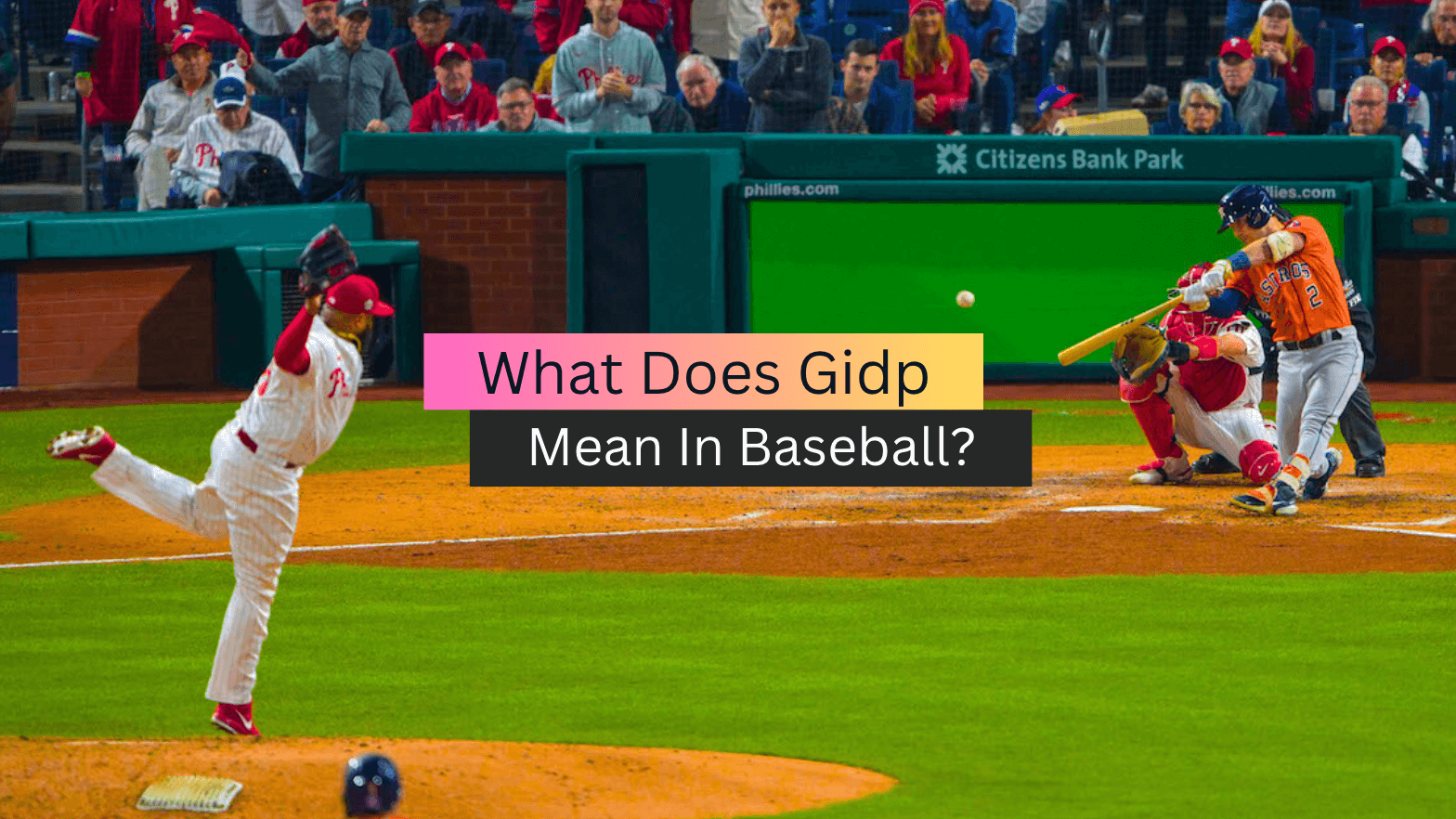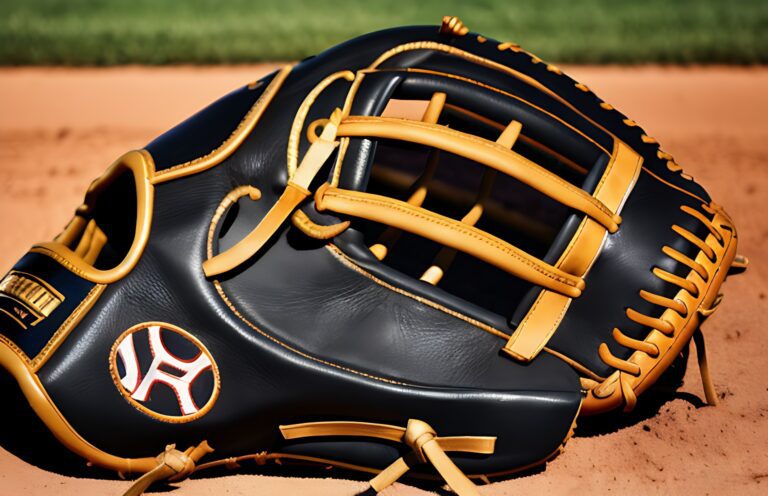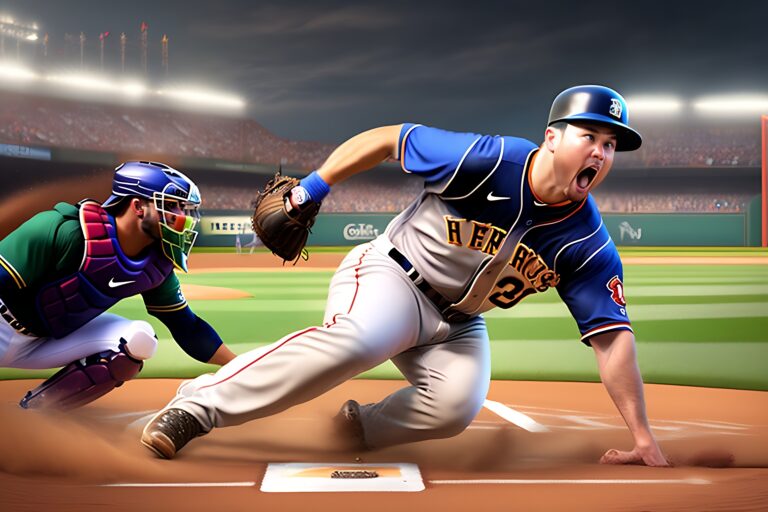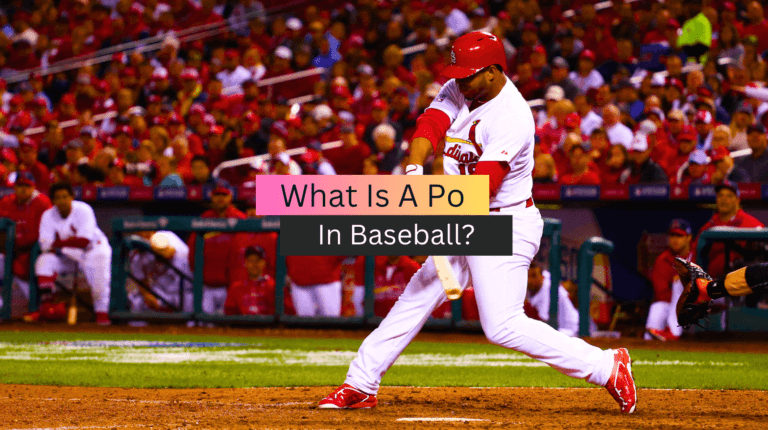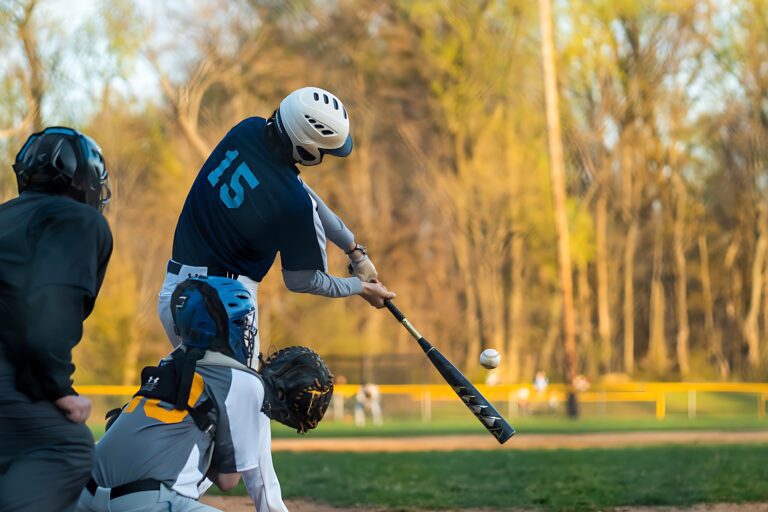What Does Gidp Mean In Baseball?
One such acronym is GIDP, which stands for “grounded into double play.” It is a term used to describe a situation in which a batter hits a ground ball and two defensive players work together to get two outs in a single play.
GIDP is an important statistic in baseball that can have a significant impact on a team’s performance, as it can end a potential scoring opportunity and shift the momentum of a game. In this article, we will explore the meaning of GIDP and its significance in the game of baseball.
What does Gidp mean in baseball?
GIDP stands for “grounded into double play,” which is a statistic in baseball used to track the number of times a batter hits a ground ball that results in two outs being recorded by the defense.
When a batter hits a ground ball, the defense can attempt to turn a double play by throwing the ball to second base for one out, and then to first base for a second out. If the batter is slow or the ball is hit sharply, the defense can complete the double play and record two outs on a single play. This is considered a GIDP, and it is one of the most frustrating outcomes for a hitter because it can end a potential scoring opportunity for the offensive team.
The GIDP statistic is useful for evaluating a player’s performance because it can indicate how often they hit into double plays and how often they can avoid them. Hitters who are slow or hit a lot of ground balls tend to have higher GIDP rates than those who hit the ball in the air or have good speed. You may read also the guide on the best sunglasses to wear with a baseball cap
When Can a GIDP Occur?
A GIDP, or ground into double play, occurs when a batter hits a ground ball that results in two outs being made during the same play. This typically happens when there are runners on first and second base, or when there is a runner on first and the batter hits a ground ball to an infielder who then steps on second base and throws to first base for the double play.
Several factors can increase the likelihood of a GIDP occurring. For example, if the batter is slow or if the infielders are positioned well, the chances of a double play increase. Additionally, a batter who hits a lot of ground balls is more likely to hit into a double play than one who hits primarily fly balls.
A GIDP can be a frustrating outcome for a batter, as it typically ends a potential rally and results in two outs being recorded in one play. However, it can also be a useful tool for the defense to get out of a tough situation, particularly if there are runners on base with fewer than two outs.
Which Hitter Has the Most GIDP in Baseball?
The player with the most GIDP (Grounded Into Double Play) in Major League Baseball history is none other than Hall of Famer Cal Ripken Jr. Ripken ended his career with a staggering 350 GIDP, which is 33 more than the second-place hitter, Ivan Rodriguez. Despite being known for his durability and longevity, Ripken’s tendency to hit into double plays may come as a surprise to some fans.
However, his high number of GIDP can be attributed to his consistent contact hitting style and his ability to play in nearly every game throughout his career. Even with a large number of double plays, Ripken’s overall impact on the game and his accomplishments as a player are undeniable. You may read the ultimate guide on the best baseball bats for 8 year olds
Which Pitcher Has the Most GIDP in Baseball?
A GIDP, or Grounded into Double Play, is a statistic that measures the number of times a batter hits a ground ball that results in two outs. While GIDP is a statistic that primarily focuses on the batter’s performance, pitchers can also play a significant role in inducing these types of outs. However, there is no specific pitcher who holds the record for inducing the most GIDPs in baseball.
GIDPs are more commonly associated with the batter’s performance, and the leaders in this statistic tend to be hitters who hit the ball hard on the ground and have slow foot speed, resulting in a double play. Nonetheless, some pitchers are better than others at inducing ground balls, and their ability to do so can help them get out of jams and keep the score close.
Conclusion
In baseball, “GIDP” stands for “Grounded Into Double Play.” This statistic tracks the number of times a player hits a ground ball that results in two outs being made, thus ending a scoring opportunity for their team. GIDP is considered a negative statistic for hitters, as it indicates that they failed to advance runners or production runs. However, it can also be an indication of a well-placed defensive play by the opposing team. You may check also the guide on the best pen for baseball autographs
FAQs
Who has the most GIDP in MLB history?
The MLB player with the most Grounded Into Double Play (GIDP) in history is Cal Ripken Jr., who grounded 350 double plays over the course of his career. Ripken played for the Baltimore Orioles from 1981 to 2001 and was known for his durability and defensive prowess at shortstop.
What is Gidp?
GIDP stands for “Grounded Into Double Play.” It is a baseball statistic that measures the number of times a batter hits a ground ball that results in two outs being recorded by the defensive team. GIDP is often used to evaluate a batter’s ability to avoid hitting into double plays.
What is the average with risp in baseball?
The term “average with RISP” in baseball refers to a player’s batting average when there are runners in scoring position (RISP). This statistic measures a player’s ability to come through with a hit when there are opportunities to drive in runs. The league-wide average with RISP varies from season to season but is typically around .250-.270.

